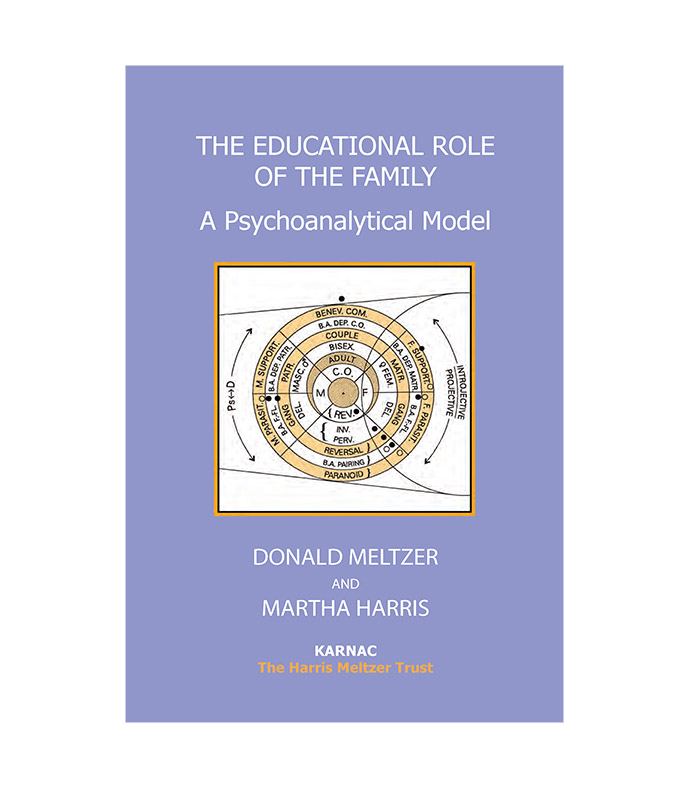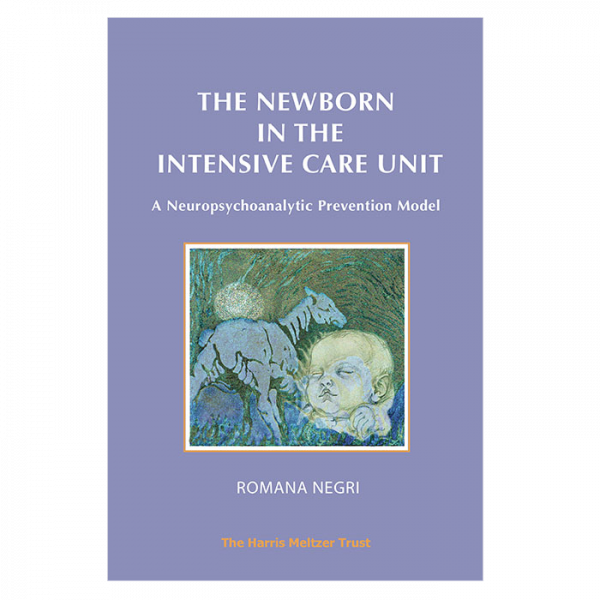A unique psychoanalytic perspective on family patterns and cultural educability, originally commissioned by the Organisation for Economic and Cultural Development as part of a project to develop policies and programmes that would support families in their educational task. The book integrates a psychoanalytical theory of learning with an ecological conception of how the various systems involved in the educational process are interconnected, and as such is still of great present-day relevance, both to clinical and educational practitioners and to policy-makers. It has been extensively used in many countries by therapists, teachers, teacher-trainers and social workers.





Martina Campart, psychologist, senior lecturer in social work at Malmö University, Sweden –
‘Owing to its integration of a psychoanalytical theory of learning with an ecological conception of how the various systems involved in the educational processes are interconnected, it is still of great present day relevance, both to practitioners working in conditions of great complexity and to policy-makers.’
Clara Nemas, psychoanalyst, Buenos Aires, Argentina –
‘It is a splendid example of how the unique view of life afforded by psychoanalysis, together with observation, intuition, and deep contact and commitment to other members of the community, can offer a way of illuminating the complexities of the interaction between individuals and society.’